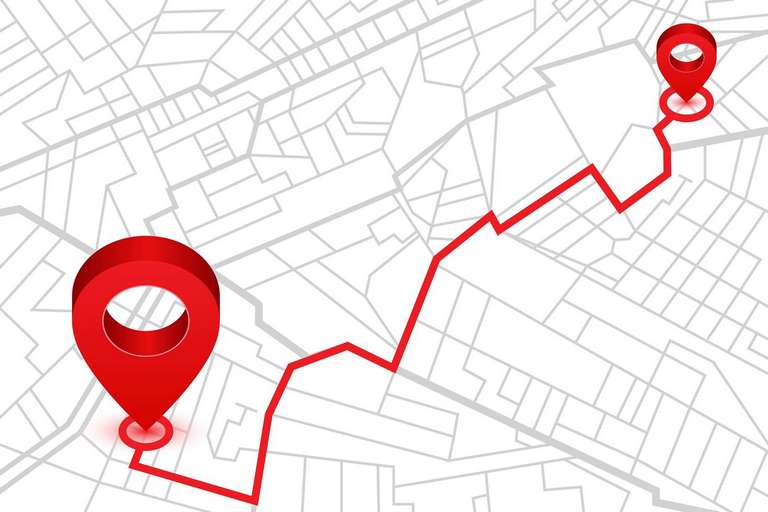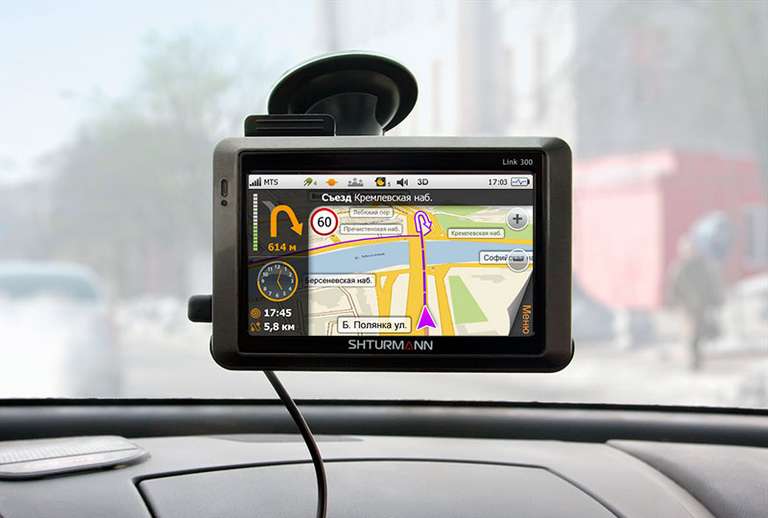How to choose a GPS navigator?
There is no more reliable way to always know your exact location on the ground, other than to have a GPS navigator in your pocket. An irreplaceable gadget for a tourist and, of course, a motorist. Getting lost in unfamiliar terrain is easy, but choosing the optimal navigator model is not easy. So, we have this guide to learn how to choose the best GPS Navigator.
How GPS works?
The navigator himself, of course, is not oriented on the terrain and does not know his position. But focusing on the data of several GPS satellites, it easily calculates its location. It is shown on the display as a dot on a preloaded map.
The navigator does not need an internet connection. GPS is a Global Positioning System that allows using satellite repeaters through a special receiver to quickly automatically determine the coordinates of an object anywhere in the world with an accuracy of 10 to 100 meters, as well as its speed on the Earth’s surface and in the airspace.

Stationary. Or embedded. Has a large monitor, many additional functions, and a large amount of memory. Almost always, these are overall and weighty models.
Portable. Designed for on-the-go operation, does not require an external power supply, using built-in. Great for fishermen, hunters, hikers, and cyclists. In this line, there are models with a sealed case that are not afraid of water and dust.
Depending on the scope of use, navigators are:
Automotive. They can be stationary and removable. The first is installed in the cradle. This stationary connector design attaches to the dashboard and secures the device securely. The second option is to fix the navigator using brackets with suction cups.
Motorcycle. The main features are a bright screen, a reliable case that is not afraid of exposure to low temperatures, moisture, and dust. Almost all models have a theft-proof lock.
Wrist (tourist, pedestrian). Very compact navigators that are attached to the wrist like a regular watch or are so compact that they fit in the hand and in a small pocket. They are very fond of mushroom pickers.
In addition, there are marine, aviation, and versatile models.
Display
Almost all modern versions have a touchscreen display. It can be colored or monochrome.
Monochrome displays the picture in two contrasting colors. It consumes energy more economically and therefore is more suitable for travel portable models with an autonomous power supply.
Color provides beautiful graphics but also uses more power.
Diagonal
The larger it is, the clearer and more contrasting picture the device gives. It is more convenient to watch videos on a large screen (and almost all modern models of navigators allow you to play it). But with an increase in the diagonal, the energy consumption and cost of the gadget grows. The best option is a monitor with a diagonal of 5-6 inches.
Models with a smaller display are convenient for their mobility – you can easily take it with you in your pocket.
Resolution
The most popular options are 480×272 and 800×480 pixels. The first is relevant for a 4.3-inch monitor, the second is for a 7-inch display.
Memory
The built-in usually have a reserve of 32 to 512 MB. Flash drives allow you to increase its volume and simplify the subsequent exchange of data with other gadgets. In navigators, SD is rare, more often MicroSD.
If the gadget is used daily only for navigation, 2-4 GB will suffice. You will need a 32 GB flash drive to view videos and pictures.
CPU
The navigators use ARM processors with a frequency of 200 MHz to 1.2 GHz. The higher this indicator, the faster the information is processed. However, for normal navigation is sufficient and average values.

Housing
Most models have a plastic one. However, with Soft Touch coating, plastic is not afraid of scratches and scuffs – such a navigator can be safely thrown into a pocket or bag along with a bunch of metal keys, and at the same time, it will not lose its presentation.
GPS navigators with polished plastic and aluminum casing are less common, look more solid, but also cost more.
Operating system
Almost all navigators work on Windows CE or Android. The difference in operating systems is not reflected in the performance of navigation tasks. This only matters when installing third-party multimedia applications.
Android OS models allow you to install additional applications and software, connect to the Internet, and play multimedia files. However, Android models are much more expensive.
Battery
Most often, navigators have a combined power supply: a built-in battery and the ability to connect to an external source.
Automobiles work on lithium-ion batteries, as well as on a cigarette lighter. The built-in battery usually lasts for 3-4 hours. Portable navigators are powered by AA and AAA batteries and rechargeable batteries with a special USB cable.
Additional functions
Their presence affects the cost of the navigator, but many of them are worth it.
Traffic jams. An option to help you find an alternative route to bypass the traffic jam.
Built-in Bluetooth. Allows, without looking up from the steering wheel and the road, talking on the phone.
Built-in camera. It adds the capabilities of a DVR to the navigator.
On the back of the case is the so-called camera eye, which records the entire path and can reproduce it on the screen. If desired, a rearview camera (sold separately) can also be connected to the unit.
USB. It allows you to connect your gadget to your computer for synchronization and data exchange. The presence of this connector provides the ability to download additional OS, maps, routes. It also allows you to upload unnecessary data. A special cable is used for transmission and download.
Wi-Fi. Provides Internet access in any HotSpot coverage area. And today they are in many hotels, business centers, cafes and train stations, restaurants and airports. It is difficult to call this function extremely important. However, it is she who allows, for example, the driver not to carry a bulky laptop or tablet with him, even if for some reason he regularly needs to “drop-in” to the Network.
The list of additional functions may also include a built-in radar detector, a taximeter, the ability to record information, control using the remote control or voice.